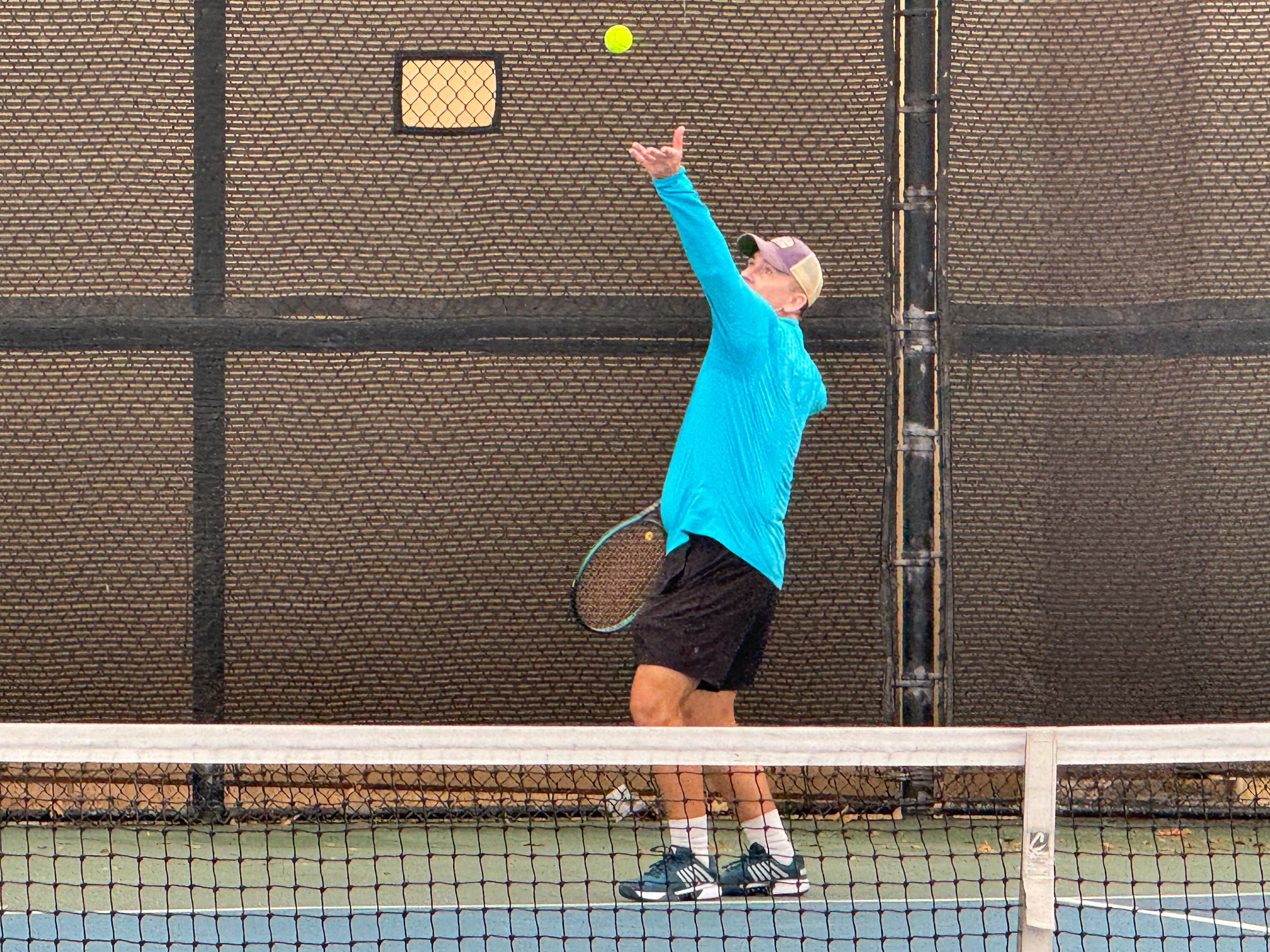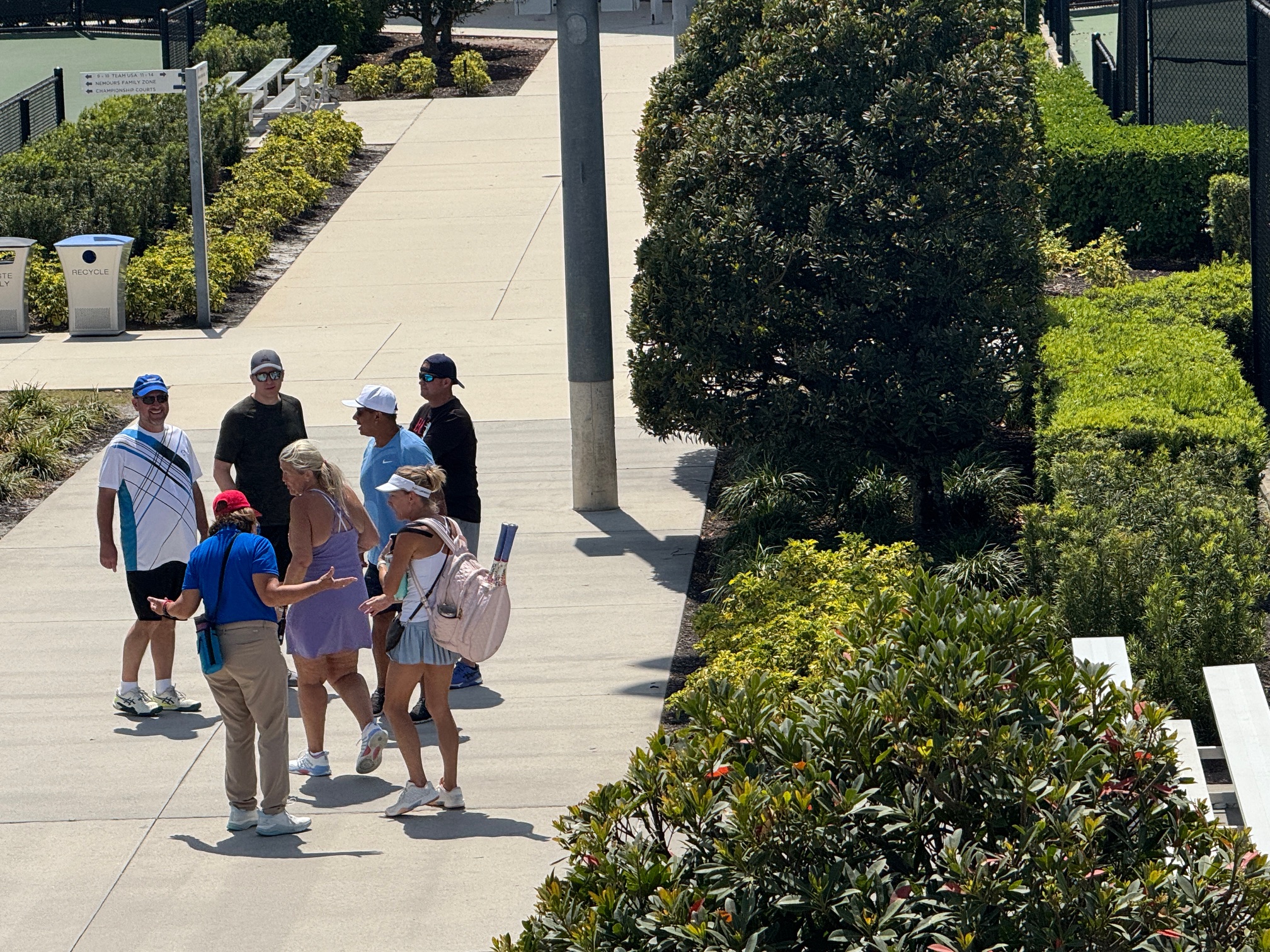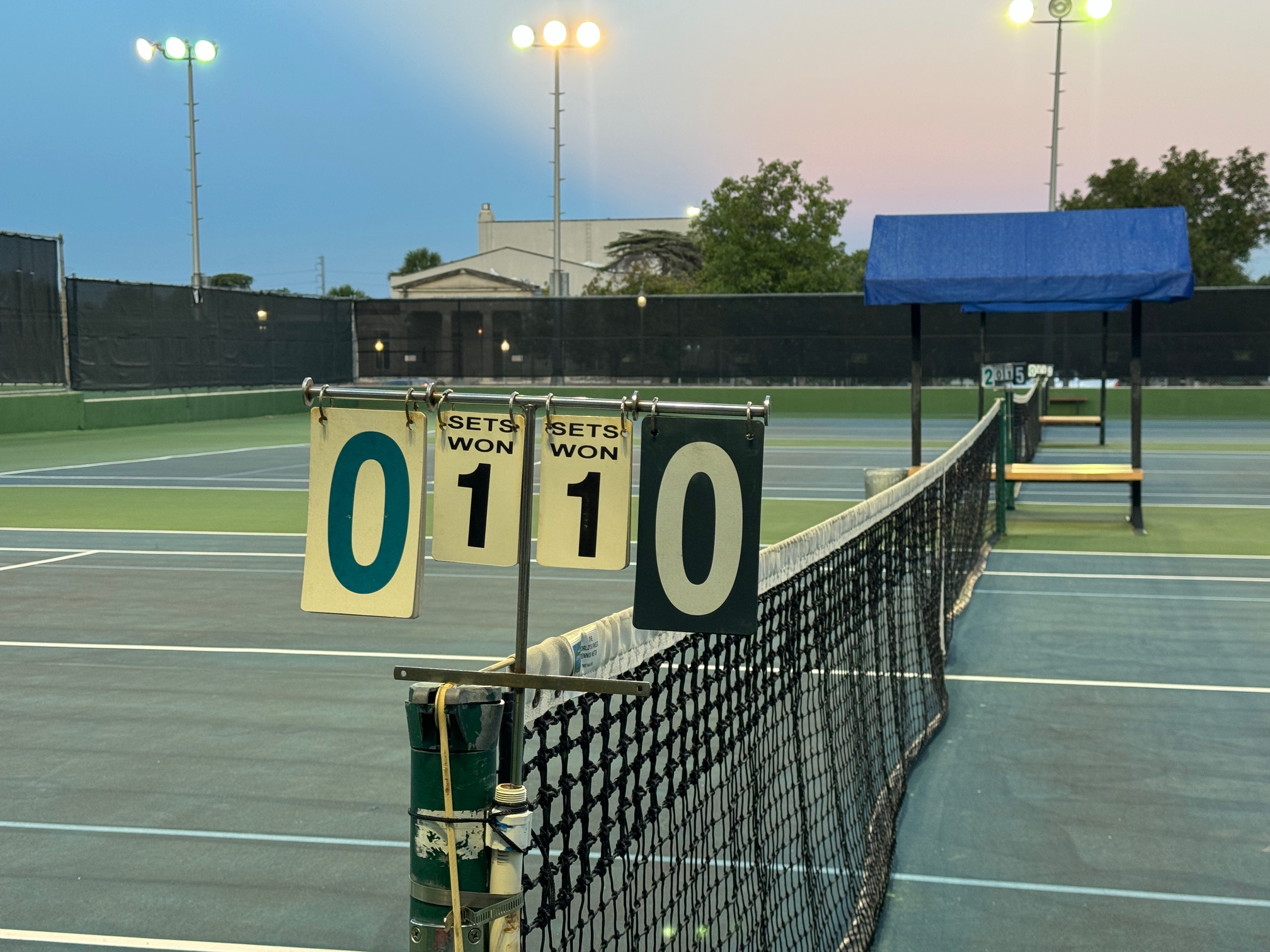Every once in a while I stumble across a subtle aspect of a rule that was previously unknown to me. This week I learned that a chair umpire may initiate electronic review of a line call even in the absence of a challenge from either player. I don’t believe that I have ever seen that aspect of the rule invoked during a match.
The chair umpire should decide to use the Electronic Review when there is doubt about the accuracy of the line call or overrule.
Appendix IV, Electronic Review Procedures, ITF Rules of Tennis, USTA Friend at Court
This statement in isolation would seem to obviate any need for player challenges. Theoretically, the chair umpire can just initiate review of any close call. The current practice makes it obvious that there is a philosophy attached to this rule that shapes usage during actual match play.
The internet was kind enough to cough up a fascinating letter that the US Open sent to players prior to the 2015 tournament. That artifact spells out the precise conditions when a chair umpire can initiate electronic review.
In the case where a Line Umpire is unsighted and the Chair Umpire cannot make the call, the Chair Umpire may call for a review of that shot if it was a point-ending shot. The result of the review will not count against either player’s total.
Electronic Review Procedures Message to Players, US Open 2015
The letter from the US Open also underscores how relatively recently the innovation of electronic line calling has emerged. In 2015, the system was installed on only five courts used at the tournament: Arthur Ashe Stadium, Louis Armstrong Stadium, Grand Stand Stadium, Court 17, and Court 5.
Next Wednesday we will take a look at the philosophical history that underscores the player challenge system.
- Friend at Court: The Handbook of Tennis Rules and Regulations, USTA, 2022
- Electronic Review Procedures Message to Players, US Open 2015.



